
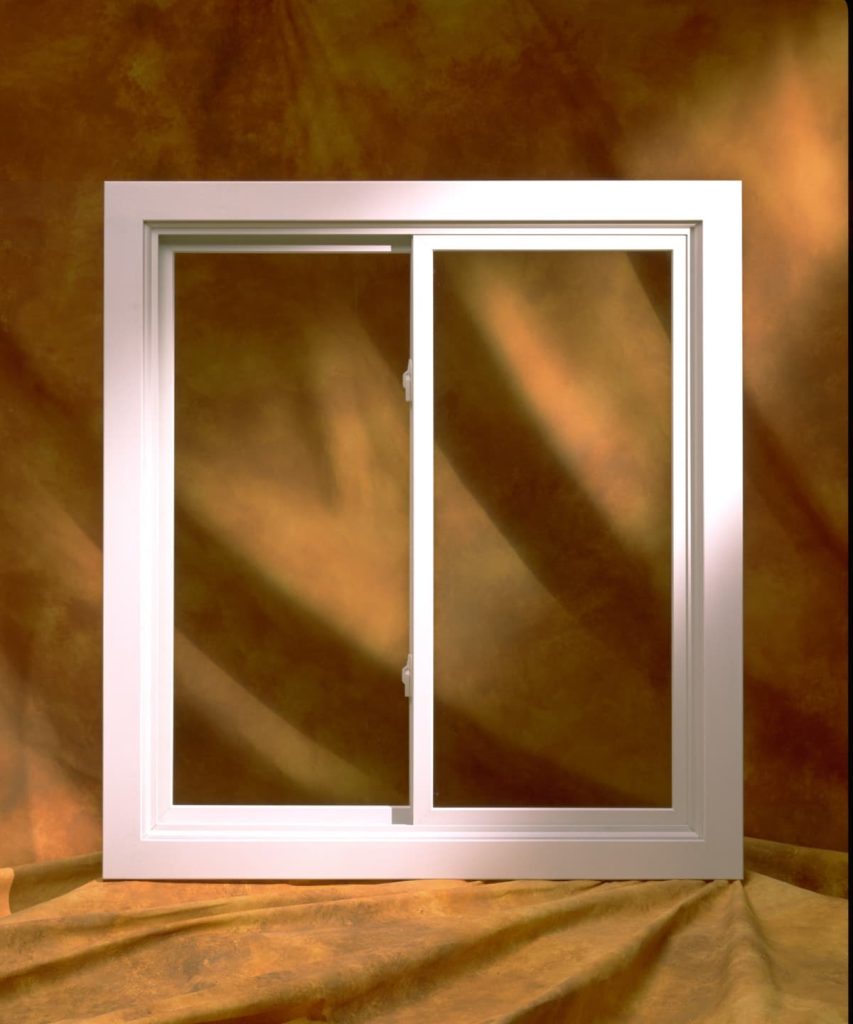
The history of modern windows goes back centuries. While the first windows were simply holes in a wall that let in light and air and gave occupants a view of approaching visitors, they didn’t do much to keep the weather and temperature outside where it belongs.
When transparent glass was invented, we began to see the basic structure of what we know today as a window come into existence. While only the richest and most powerful could afford the earliest tiny glass windows, mass production eventually enabled the “common man” to have a number of more or less efficient windows in his or her home.
Windows give us a view of the surrounding landscape and provide us with the ability to bring fresh air into our homes in temperate weather and to keep the nasty temperatures and precipitation, not to mention bugs and intruders, outside where they belong.
In addition to their practical functionality, windows also lend our homes a specific style and character. There are many different “standard styles” of windows that have been designed over the years and certain styles match certain architectural styles of homes. In this first post of a two part series on the most common styles of replacement windows available today, we’ll talk about Hung Windows, Horizontal Sliding Windows, Casement Windows, Awning Windows and Hopper Windows. In our next post we’ll discuss the more dramatic Bay Windows, Bow Windows, Fixed Windows and Specialty Windows.
The Hung Window comes in three basic types: Single Hung, Double Hung and even Triple Hung. One of the most popular of the traditional window styles to grace the homes of New Jersey and New York, the Hung Window features at least two “sashes” aligned vertically above each other. Commonly referred to as the top and bottom sash, these components hold the glass within the window frame and allow it to open.
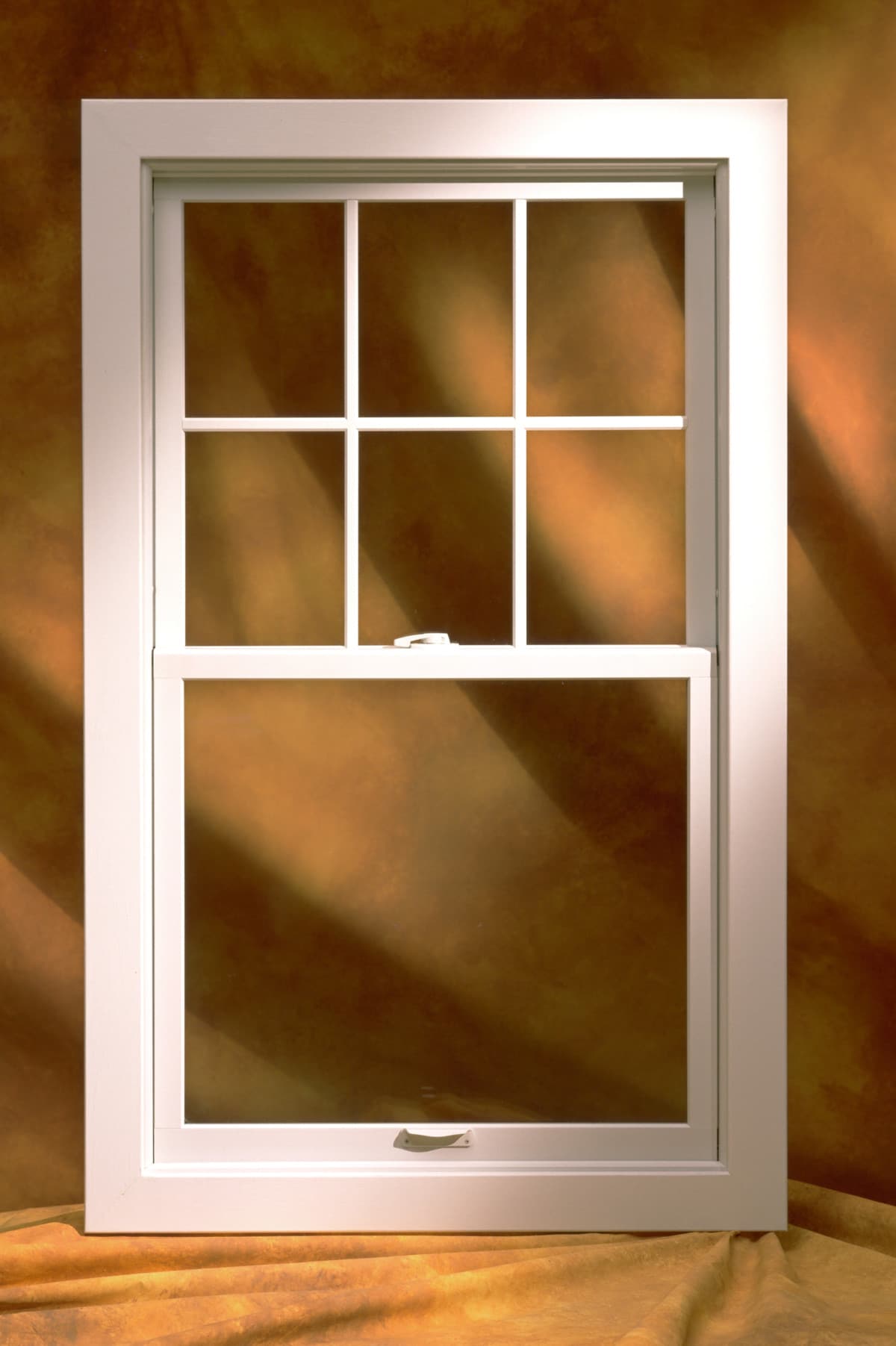
While the Single Hung Window has two sashes, only one of them (usually the bottom sash), operates, or moves. This sash moves vertically and slides past the other, (usually the top sash), fixed, or immovable sashe.
Double Hung Windows. In a Double Hung Window, which has two sashes like the Single Hung Window, both sashes operate, or slide past each other. This enables you to have ventilation from the bottom only, the top only or from both the top and bottom, which helps with air circulation.
In the majority of cases, most Double and Single Hung Windows have equal sized sashes, so the top and bottom sash are the same size. However, there are other Hung Windows where the top and bottom sashes are either larger or smaller than the other. Usually, as in the case of Cottage Windows, the bottom sash is larger vertically than the upper sash.
Triple Hung Windows. Triple Hung Windows are a less common version of the Hung Windows. As its name implies, the Triple Hung Window has three sashes. Usually used in cases where the home style or occupant preference calls for a very vertical window space, Triple Hung windows can have a variety of fixed and operable sashes.
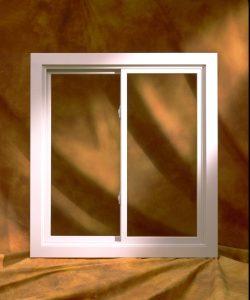
Also known as a Slider or Gliding Window, Horizontal Sliding Windows are similar to another door type with which you’re likely familiar, the sliding patio door. As you might imagine from its name, The Sliding Window operates by sliding the sash to the side to open and sliding it back to close. A simple way to think of this simple window is like a Hung Window turned on its side. While Hung Windows have traditionally more complex weight and pulley or balance systems, the Horizontal Sliding Window simply needs small wheels under the window to aid in operation. Horizontal Sliding Windows have other similarities to the Hung Window discussed above: they can be Single Sliding Windows, in which case just one sash moves; Dual Sliding Windows, where both sashes slide past each other, and, less commonly, Triple Sliding Windows, where any number of sashes operate.
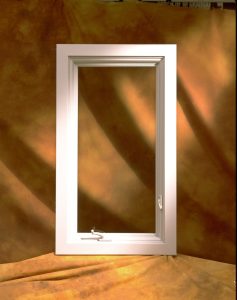
Another common window in New York and New Jersey is the Casement Window. Unlike the Hung Window, a Casement Window has just one sash. This sash doesn’t slide, but opens and closes upon a hinge, like a standard swing door, from the vertical side. While there are Casement Windows, called Push Out Windows that utilize a handle and are pushed open and pulled closed, most modern Casement Windows are operated by a crank connected to a gear mechanism that allows the window to be opened and closed by turning a lever from inside the home. This provides convenience for the homeowner, but also enables the window to be fitted with interior insect screens. Push Out Windows generally cannot have insect screens because they would interfere with the pushing and pulling (opening and closing) of the window.
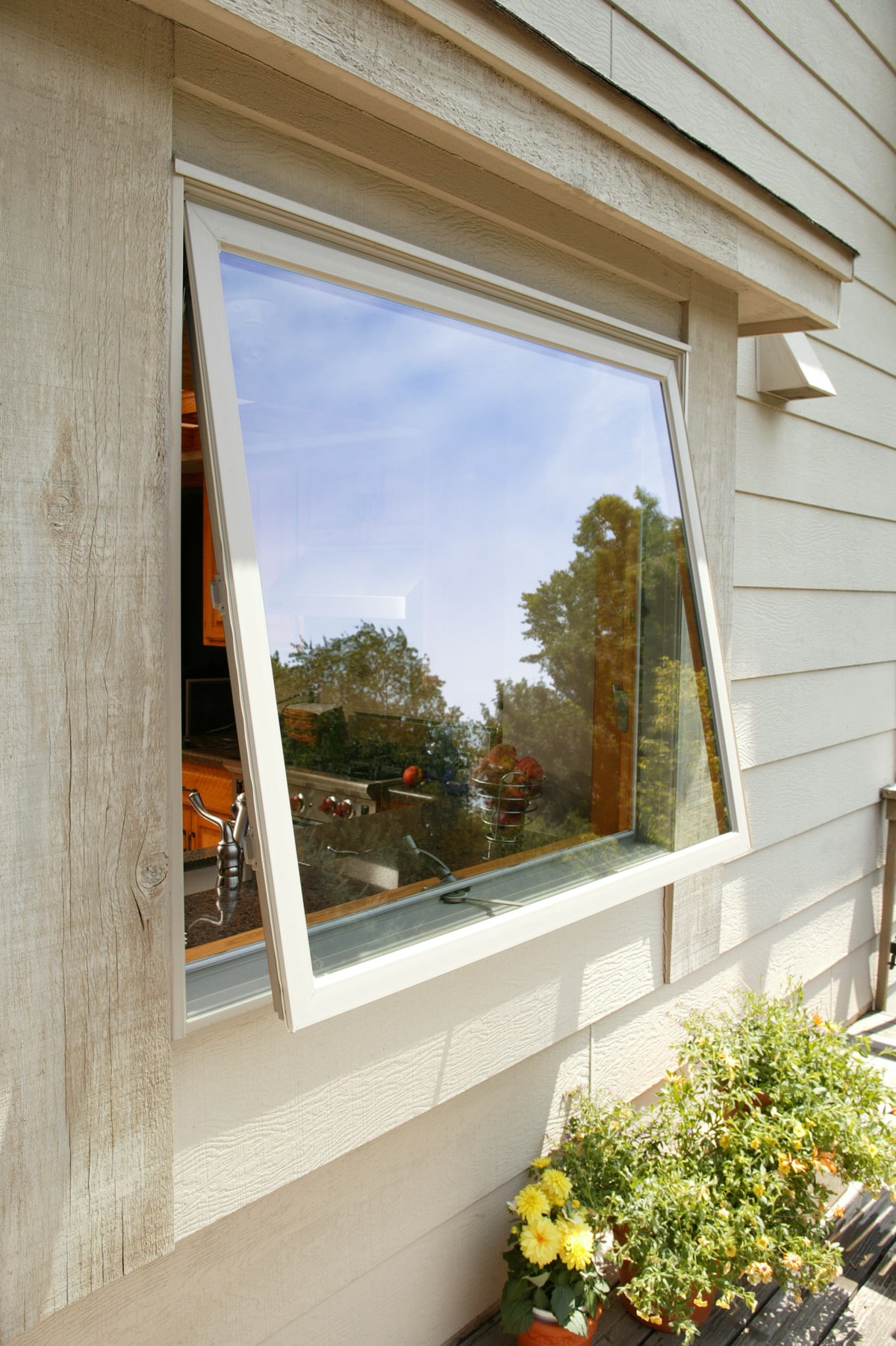
Awning Windows are a related cousin of the Casement Windows. Similar in construction, and utilizing a hinge as the mechanism to enable the window to open and close, the Awning Window is installed horizontally (like the Horizontal Slider). In this case, the hinged area, rather than being at the side, is at the top of the window, enabling the bottom to be pushed out for ventilation and making the window look like an awning when it is opened. Some Awning Windows use a crank to open and close the window like a Casement Window, while others are the Push-Pull method, which has the same limitations for insect screening as discussed above in Casement Windows.
Take your Awning Window and flip it upside down and you have a Hopper Window. Now hinged at the bottom rather than the top, Hopper Windows, as their name implies, resemble a hopper when opened. While utilized in a number of applications (we might be most familiar with them from our school days) both the Hopper Window and the Awning Window are often used in basements because of their small narrow horizontal shape and utility functionality.
In our next post, we’ll discuss some of the more bigger windows that can add dramatic light, space, ventilation and character to a home: Bay Windows, Bow Windows, Fixed and Specialty Windows.
Renewal by Andersen of Central New Jersey is your replacement window expert. As a subsidiary of Andersen Windows, which has been manufacturing windows for over 100 years, we’ve made every standard window shape and style and thousands of custom windows as well. When looking for windows for your home, be sure to contact one of our experienced design consultants who will help you select the right window for your home and your personal style. Call us at (866) 609-5033 for a free design consultation.